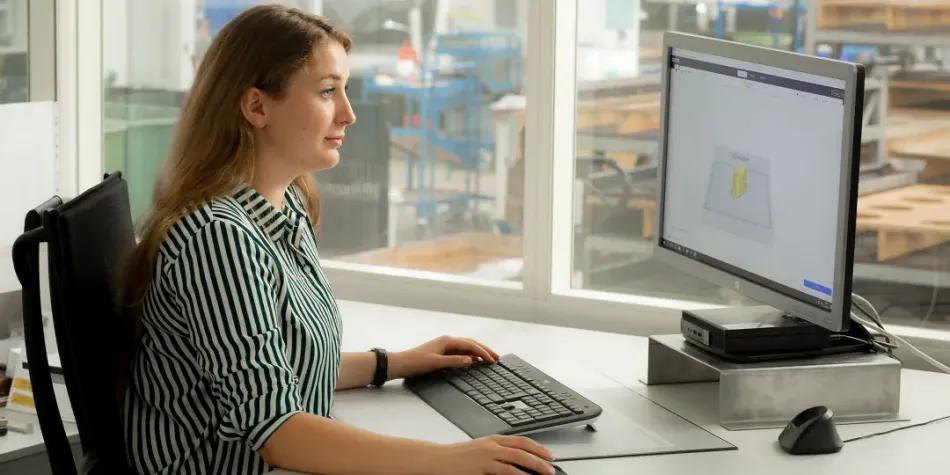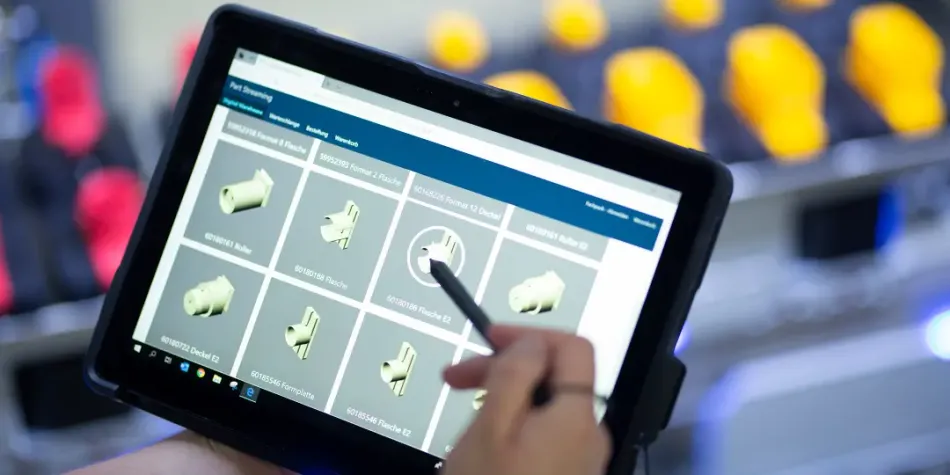Schubert: A digital warehouse for on-demand manufacturing
TLM technology allows Schubert to provide its customers with future-proof, high-performance packaging machine solutions that are reliable, easy to operate, and flexible in terms of format conversion.
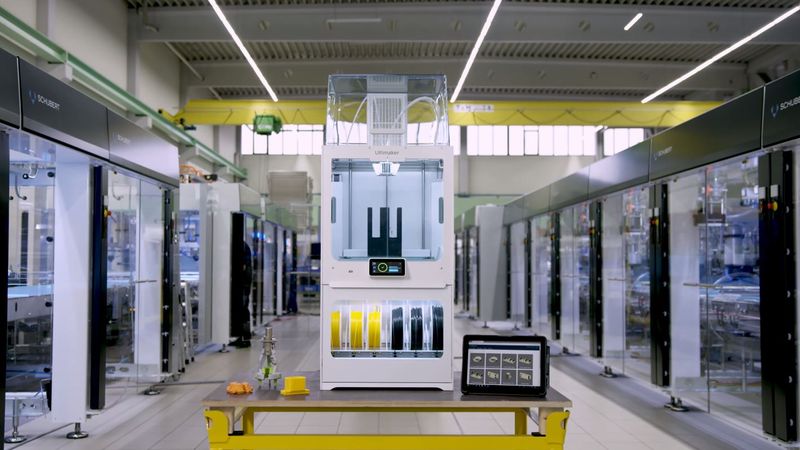
Gerhard Schubert GmbH is a global market leader in top-loading packaging machines (TLM). For its digital, robot-based packaging machines, Schubert combines simple mechanics, intelligent control technology, and high modularity – developed through more than 50 years of innovation. And now, 3D printing and a ‘digital warehouse’ are helping to enhance this solution even further.
TLM technology allows Schubert to provide its customers with future-proof, high-performance packaging machine solutions that are reliable, easy to operate, and flexible in terms of format conversion. These machines pack products of all types and from all sectors and industries – food and beverage, pharmaceuticals, cosmetics, technical products – in boxes, trays, cartons, or flow-wrap bags.
Widely known brands such as Ferrero, Nestlé, Unilever, and Roche depend on Schubert’s automation solutions, along with many small, medium-sized and family-owned businesses. Founded in 1966, the second generation of the Crailsheim, Germany-based company now employs more than 1,300 people.
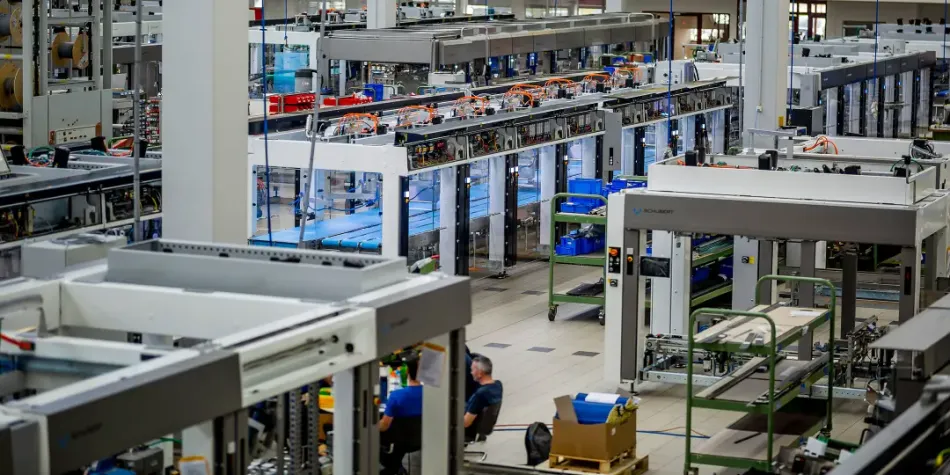 Schubert's manufacturing line assembly in Crailsheim, Germany A packaging line for all occasions
Schubert's manufacturing line assembly in Crailsheim, Germany A packaging line for all occasions

A much-valued part of Schubert’s service is the creation of new tools for its packaging machines. These tools are what enable the machines to handle different products. With the help of a new tool, for example, a machine that packages chocolate rabbits for Easter will also be able to package chocolate Santa Clauses during the Christmas holiday season. When a customer wants to produce a new product, they can simply send it to Schubert, which then develops the right tools and programming needed for the machine to handle it.
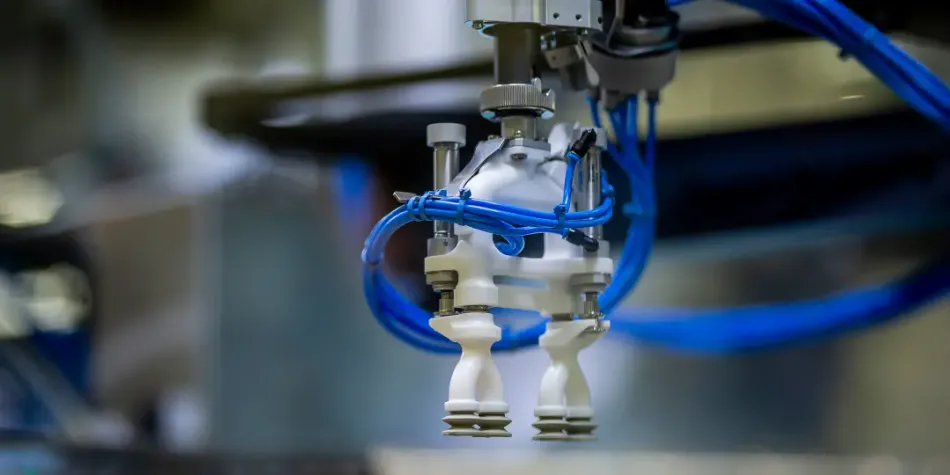
For instance, a tool which once consisted of more than 200 parts can be created in a single print, reducing weight and assembly time.
3D printing also allows Schubert to iterate on parts much faster. Compared to traditional production methods, lead times per iteration have been reduced from weeks to hours, resulting in enormous cost savings.
While its 3D printed parts are a huge success, sending them to clients is quite time-consuming. To offset this, Schubert currently offers a 3D printing solution for a wide variety of tools that allows companies to print on-demand, in-house, so long as they have an Ultimaker 3D printer. When clients need new tools or parts, they can browse an online library that functions like a digital warehouse and immediately print what they need.
This is a huge benefit to Schubert’s clients, drastically decreasing lead times for new parts – and eliminating the need for extra space that would otherwise be needed to store a repository of spare parts.
Because it asks companies to 3D print their own parts, Schubert must be able to guarantee a certain standard of quality, ensuring that clients will always be satisfied with their finished prints. This is accomplished by sharing print jobs with all settings and preferences built in, rather than pre-sliced 3D models. For this to be effective, however, Schubert must use a 3D printer that is both easy to use and known for its repeated high-quality performance – print after print after print.
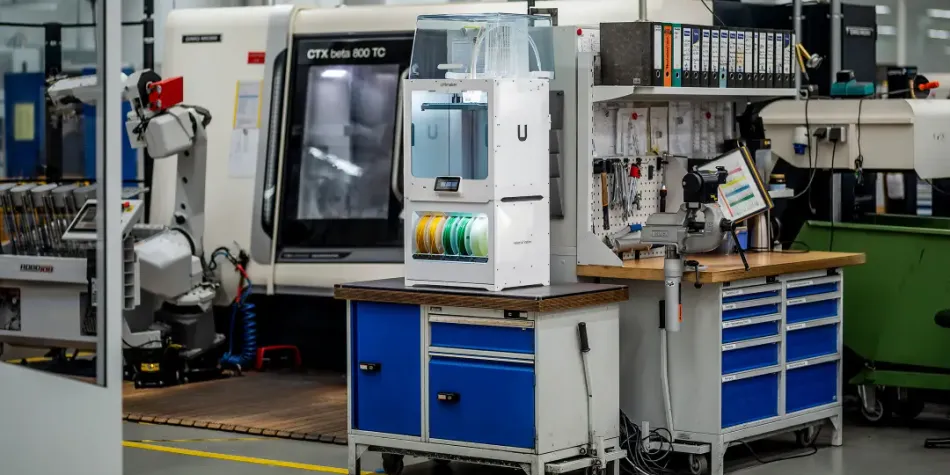
The Ultimaker is that printer. At Schubert, all parts that can be 3D printed on-demand are prepared and optimized for Ultimaker 3D printers. Schubert still uses a number of other manufacturing techniques for parts that cannot be 3D printed – for example, if it is too large or has particular material requirements 3D printing cannot deliver.
Once Schubert’s engineers achieve the desired quality in a 3D printed part, the print job is certified and stored in the client’s digital warehouse. All the client needs to do is simply select the file, confident that they are receiving certified parts that meet their specific demands.
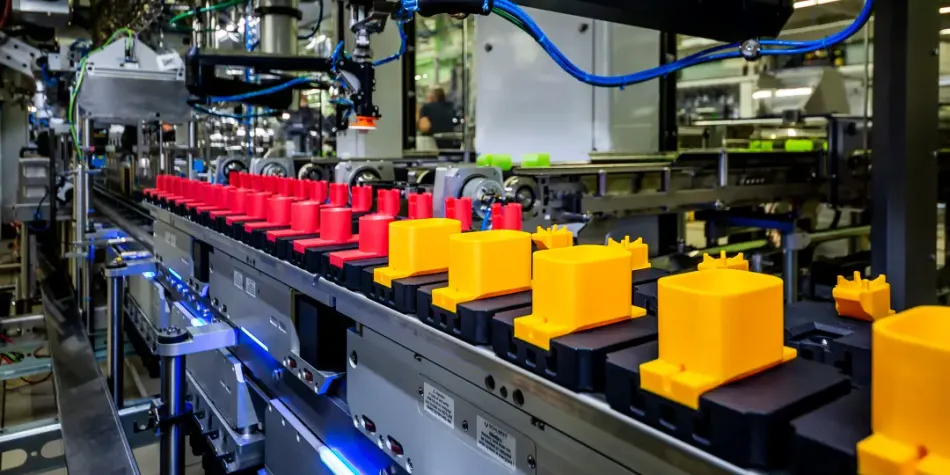
Security guaranteed
Although only print jobs – not designs – are shared with clients, cybersecurity remains an important issue. Clients must be sure that they are receiving the right file, without the possibility of leaks. That’s where Schubert’s secure encryption box, GS.Gate, comes into play. It is placed within its own – as well as its clients’ – network, ensuring a high-quality, secure data connection.
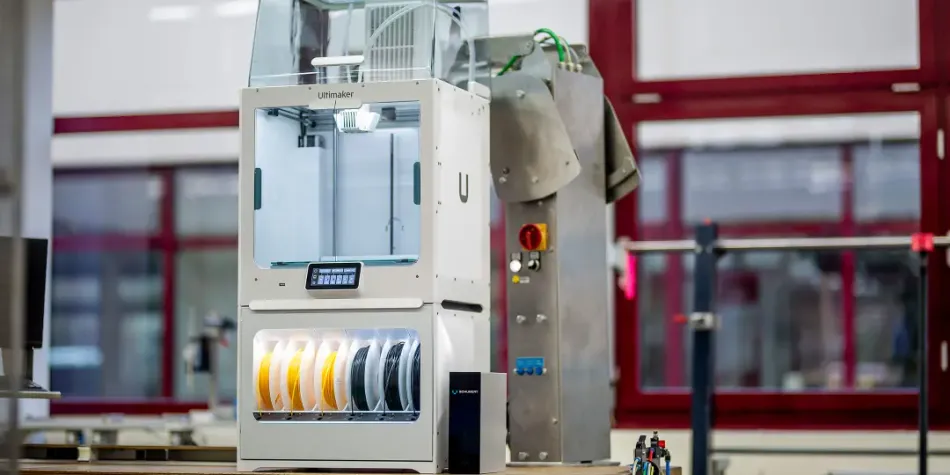
Ready to do more with 3D printing?
With Ultimaker technology fully embedded in its workflows, Schubert now has a scalable solution to serve customers with more flexibility, shorter cycle times, and at a lower cost.
